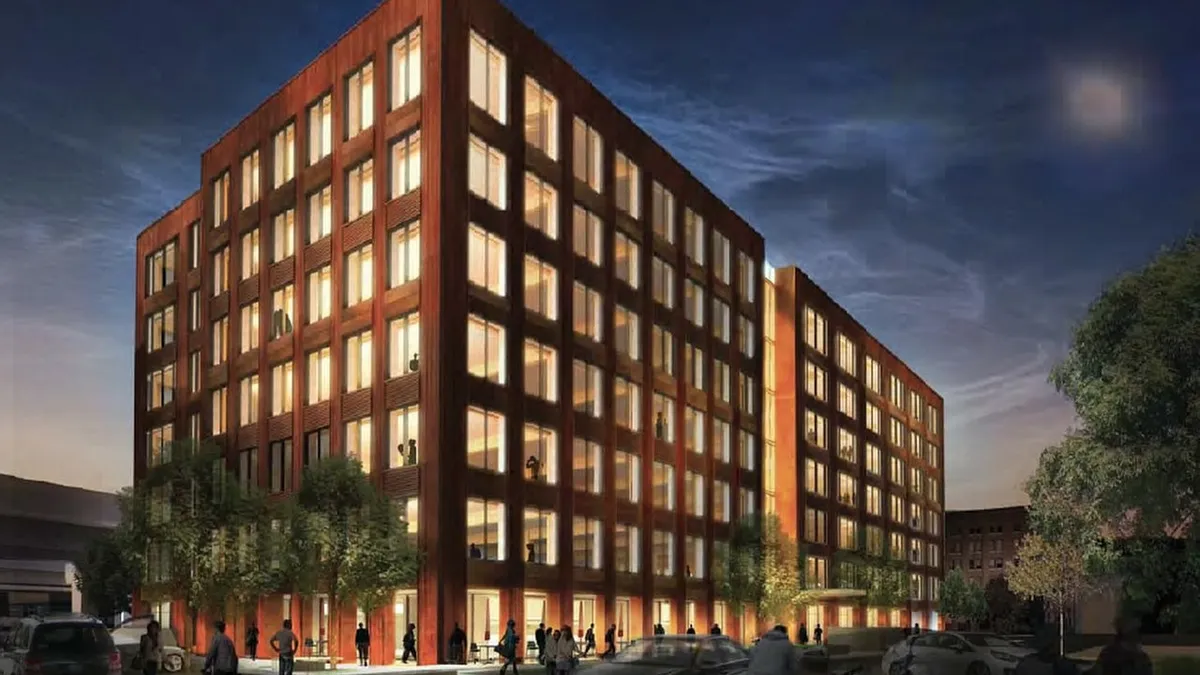Dive Brief:
- Bob McDonough, president of UTC Climate, Controls and Security, announced findings from Dodge Data & Analytics' World Green Building Trends 2016 report at the 2015 Greenbuild International Summit in Washington, D.C., according to UTC. Complete findings will not be available until early 2016, but UTC says they validate previous research, which asserts green building is doubling every three years. The report also highlights new trends and drivers, which include a rise in green building in emerging economies and increased pressure from clients and tenants for sustainability.
- The survey also revealed that 50% of respondents named higher perceived costs as the top barrier to green building, a decline from 80% in 2008 and 76% in 2012. Additional results were that developing countries consider lack of public awareness and lack of political support as a key barrier to green building, while the perception of green building in the U.K. is that it's for high-end projects only.
- The new report surveyed more than 1,000 architects, engineers, contractors, owners, specialists and consultants in 69 countries to gage green building project involvement and expectations for 2018. This most recent survey used a 25% larger sample size and a higher percentage of architect and contractor participation.
Dive Insight:
"These results reinforce what those in the green building industry already know – green buildings are better for the environment, better for business and better for the people within them," said UTC Chief Sustainability Officer John Mandyck. "Green building activity continues to accelerate, with growing awareness of occupant and tenant benefits, speaking to the fact that the real, tangible benefits of green buildings are becoming more widely recognized."
Additional green building trends and drivers from the report:
- The largest percentage of green building activity — 46% of respondents' future green building projects — is in the commercial building segment.
- Activity in institutional buildings – schools, hospitals and public buildings – should surpass green building projects in existing buildings (38% and 37% respectively) by 2018.
- Reducing energy consumption (84%) and reducing water consumption (76%) topped the list as important.
"There is some work to do, but this data shows the benefits of green buildings are real. Roughly 70% of survey respondents cite lower operating costs as the greatest benefit – and these results provide a roadmap to continue growing this important segment," McDonough said. "It becomes a cycle as building owners seek to create healthy, energy-efficient and productive environments – as a selling point to tenants."













